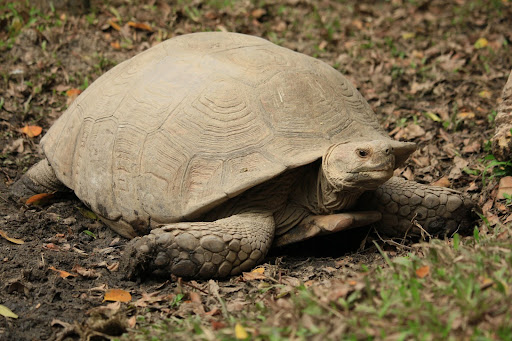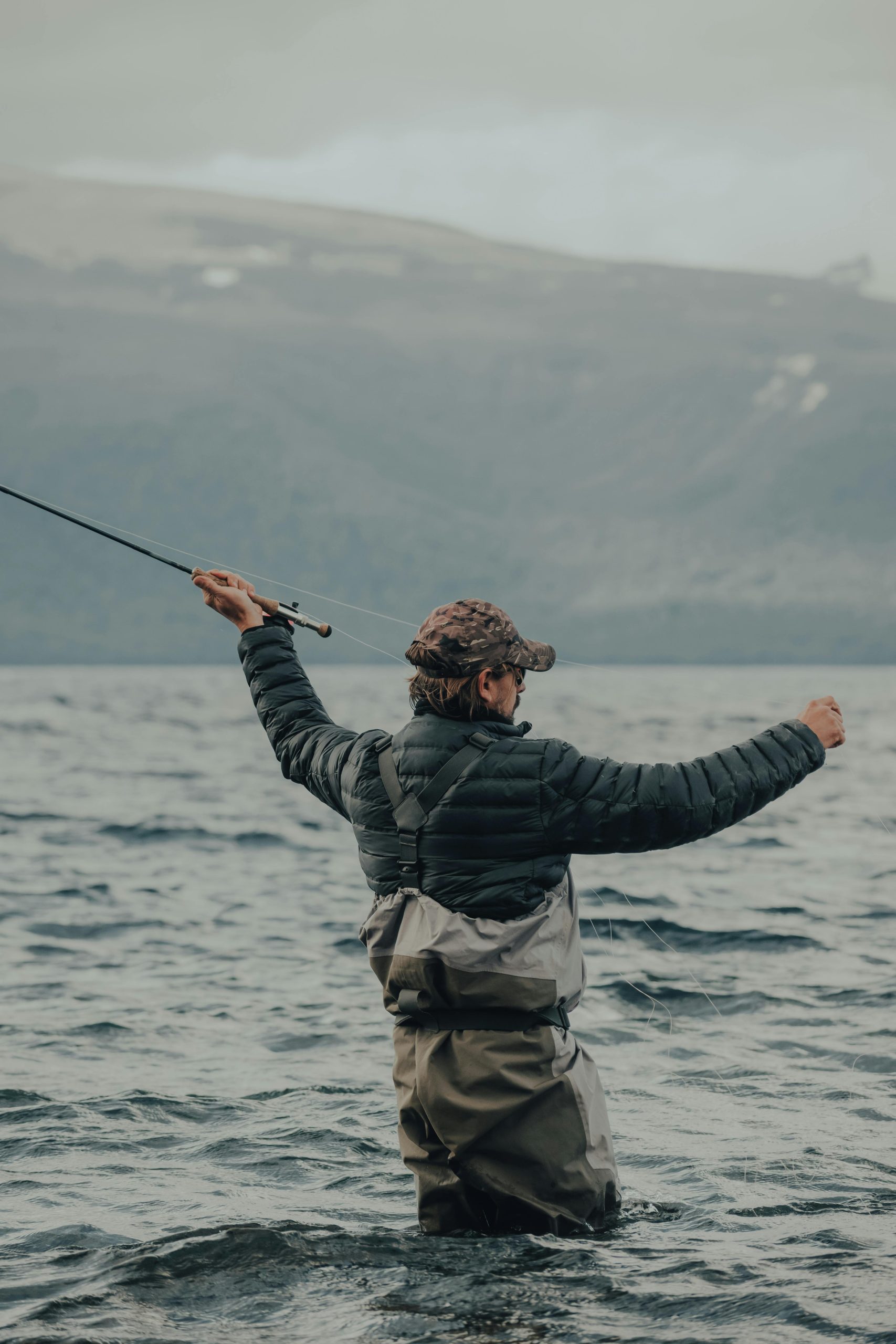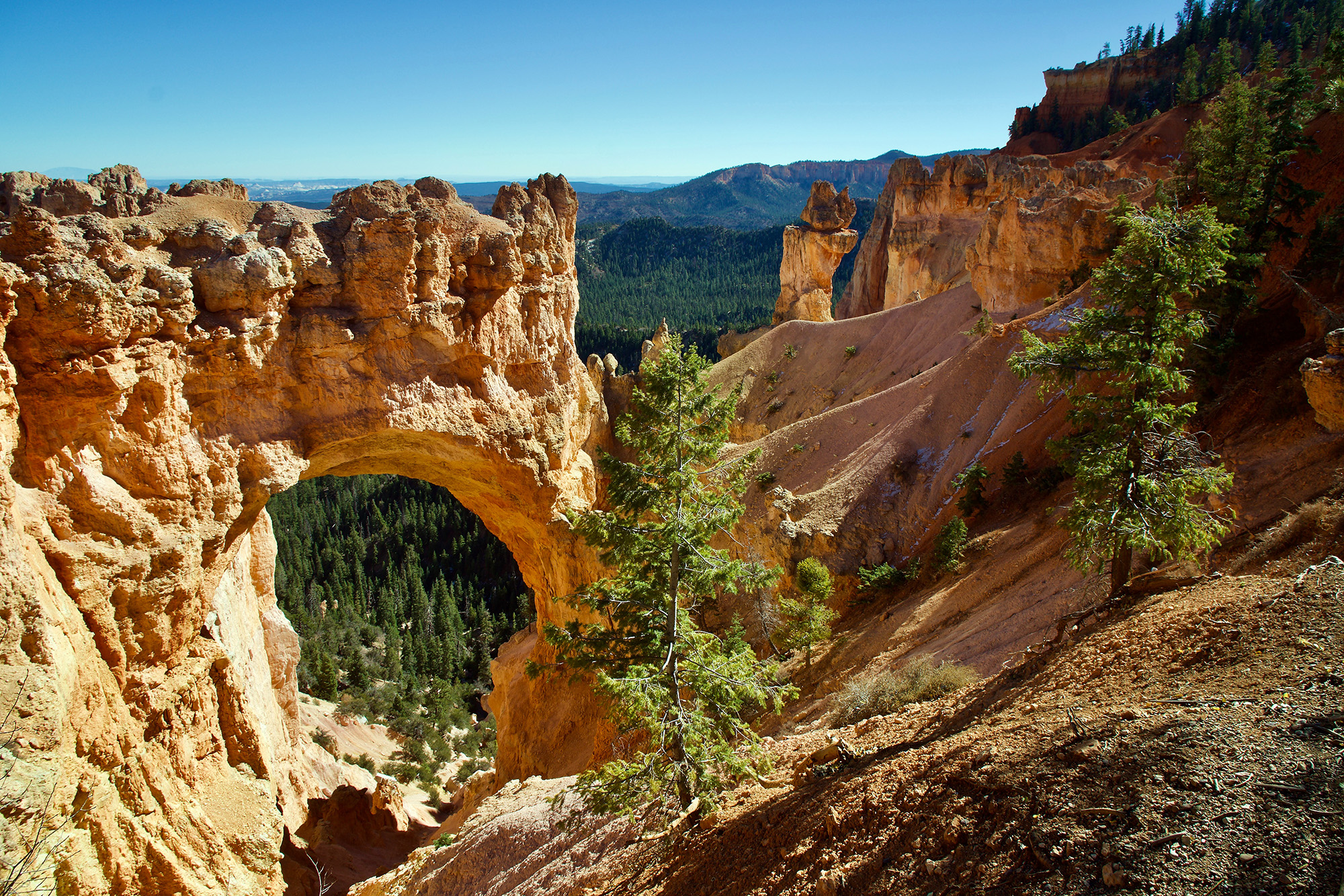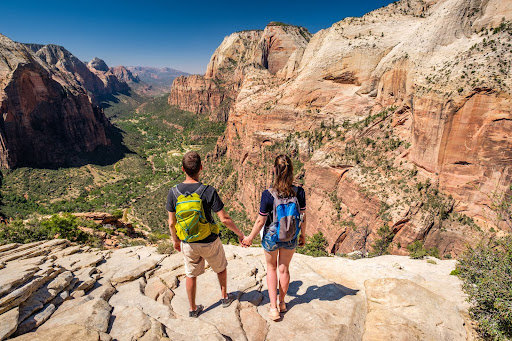At Ferber Resorts, we are fortunate enough to share the same landscapes and habitats of Zion National Park. Each of our resorts has an incredible view of Zion National Park, especially at Zion Canyon Campground, where you are fully immersed in the habitats where native wildlife is thriving. There are so many incredible wild animals to observe while exploring! Whether you like to camp in luxury, such as in one of our up-and-coming cabins, or a tent, you have a place to bond with all the critters.
What Kind of Animals are in Zion National Park?
There’s a diverse variety of animals living in Zion National Park. Some of them include reptiles, apex predators, and birds of prey. Some of the most popular wildlife animals in spotted in the Zion National Park over the years include:
- Mountain Lions
- Mexican Spotted Owl
- California Condor
- Collared Lizard
- Mule Deer
- Bighorn Sheep
- Desert Tortoise
- Ringtail Cat
What Animals are Difficult to Spot in Zion National Park?
California Condors aren’t only rare in Zion National Park but on the entire planet. Consider yourself quite lucky if you’re able to spot or two California Condors during your adventure in Zion National Park. Although spotting them isn’t that difficult, they’re so few that you might have to search for them in the park. Spotting a ringtail cat, mountain lion, and the desert tortoise is also quite difficult. But don’t lose hope because you never know!
While desert tortoises are extremely rare and only a few have been spotted over the years in Zion National Park, they engage with the most care for their safety. For one, Mountain Lions are secretive and stealthy by nature, so spotting them will not be an easy cat. The same goes for a Ringtail Cat.
Will the Wildlife be Dangerous?
Well, it depends on several factors. It can result in a dangerous engagement if the animal feels threatened or if you act inappropriately. While there have been extremely little to no wildlife incidents at Zion National Park, the only threat most people worry about is the western rattlesnake. Mountain Lions aren’t that big of a threat as well.
Popular Places to See Wildlife
There are several places where you will encounter more wildlife in Zion National Park than others. These places house the most wildlife sightings in the park:
- Riverside Walk
- Angel’s Landing Trail
Wildlife In Zion National Park
Zion National Park is home to creatures as small as a lizard and as big as a mountain lion. As the sun rises, see lizards scurry across the warm sandy trails or bask in the sun on a rock. While you walk down a path, listen to the song of the bluebirds in the trees. And in the early evening, nocturnal creatures such as mountain lions and red-spotted toads begin to emerge. Be aware of predators, especially the rattlesnakes tucked beneath the sagebrush when out and about.
Mammals
The most common critters to see while visiting the area are mule deer, foxes, bighorn sheep, rock squirrels, and chipmunks. With 68 native species, you are sure to spot something scampering across a rock or wandering along the river. Here are some of our favorites.
Bighorn Sheep: Bighorn sheep have adapted to Southern Utah’s dry, arid climate. With their narrow hooves helping them grip the steep terrain on the east side of Zion National Park and escape predators like mountain lions, they are quite elusive. If you are trying to spot bighorn sheep, you will most likely see them between the Zion-Mount Carmel Tunnel and the East Entrance, perched atop a sandstone rock. However, be sure to drive carefully through the park and use turnouts if you wish to photograph them. Remember, it’s essential to maintain a safe distance from any wildlife you spot.
Gray Fox:Within Zion National Park, gray foxes primarily inhabit areas near the river or in thick vegetation. As they have adapted to the surrounding habitat, these foxes can climb trees to raid birds’ nests. Being opportunistic omnivores, they typically dine on lizards and plants. Since gray foxes are nocturnal creatures, they are usually active at night. While encountering a fox is unlikely, you might come across their scat on the trail.
Chipmunks: Chipmunks and squirrels are often grouped in the same ‘rodent’ category, but chipmunks are significantly smaller than squirrels. They also have brown or black stripes, alternating with white stripes down their backs. Chipmunks are always looking for a snack but are very shy and usually scurry away before you can get a good look at them. It’s important to note that you should not feed them. Despite their cuteness, chipmunks can bite, and human food is harmful to them.
Birds
Zion National Park is the perfect place for bird watchers — where you can find 291 bird species. Many organizations, such as The Peregrine Fund and BirdLife International, work alongside Zion National Park in efforts to protect the park’s bird populations. Zion Canyon Campground is the perfect perch for you and your family to spot all sorts of birds in the branches of the surrounding trees. What kinds of birds should you be on the lookout for?
Greater Roadrunner: One of Southern Utah’s most common birds is the Greater Roadrunner. If you see one, it will probably scurry away quickly. Roadrunners can run 15 miles per hour and sometimes faster when hunting. Roadrunners feast on various insects, reptiles, and even rattlesnakes. Keep on the lookout for these speedy critters.
Hummingbirds: The shady trees along the riverbank are the perfect place for hummingbirds to find shelter from the weather, a food source, and a place to nest and raise their young. Zion National Park is home to desert wildflowers that these nectar lovers thrive on. Hummingbirds are tiny, and their wings rapidly flap as they fly from flower to flower. Most hummingbirds are painted with jewel tones such as dark green and ruby red. Watch for these fast-flying birds as you explore the park.
California Condor: California Condors, an endangered species, call the park their sanctuary. California Condors are North America’s largest flying land bird, with wings spanning as wide as nine feet from end to end. The towering sandstone walls are their perfect nesting spot. Nearly 30 years ago, the population of these feathered giants dwindled to 22. The population has begun to increase, and roughly 70 condors live wild in Arizona and Utah. Condors are very curious about human activity, but if a bird is perched, keep your distance.
Reptiles And Amphibians
Zion National Park is home to an array of amphibians and reptiles, including 6 species of frogs, toads, and one salamander. The warm spring temperatures and moisture create the perfect conditions for frogs and toads to emerge. Plus, you might be lucky enough to spot one of the many lizards, snakes, or even a desert tortoise! If you are staying at Zion River Resort, our close proximity to the water is perfect for catching a glimpse of these creatures.
Red-spotted Toad: Most amphibians like toads, and frogs are nocturnal, just like our friend, the Red-spotted Toad. You will likely hear their song as the sun sinks into the canyon. These creatures are easily identified by their red wart-like spots called tubercles. Their amphibian skin contains glands that secrete mucus and a special toxin to protect them from predators.
Tortoises: The desert tortoise has undergone many challenges with modern development, making this species endangered. If you spot one, keep your distance because of their endangered status, but they are also known to bite! These rare reptiles are long-time residents of Zion National Park. Learn more about the Desert Tortoise here.
Plateau Lizard: One of the smallest species of lizards, the Plateau Lizard, has distinctive patches of blue along its belly. This is Zion’s most common lizard, often seen scurrying across the trail from rock to rock to get warm. These little lizards’ primary food source is insects like beetles or moths. These little friends are nearly harmless, but it’s important to be aware of their place in the ecosystem and leave them be.
Great Basin Rattlesnake: Like other rattlesnakes, you can easily identify them with a triangular head and a rattle at the end of their tail. Rattlesnakes are usually brown in color, but they are known to adapt to their surroundings. Rattlesnakes like to hide beneath the sagebrush and in their dens, so be aware of where you are stepping! Keeping your distance from these venomous snakes is important, as they can strike nearly 10 feet in the blink of an eye.
Happy Spotting!
Zion National Park is the perfect place for anyone on the hunt to observe wildlife. At Ferber Resorts, you are fully immersed in the habitats where native wildlife thrives. With incredible views of Zion National Park from each of our resorts, we offer a variety of stays, from cabins to campgrounds, for all kinds of visitors. You will experience the amazing wildlife of Zion National Park up close, from small lizards on the trail to the giant California Condors in the sky. Come stay with us and experience the beauty of Zion National Park’s wildlife for yourself!





